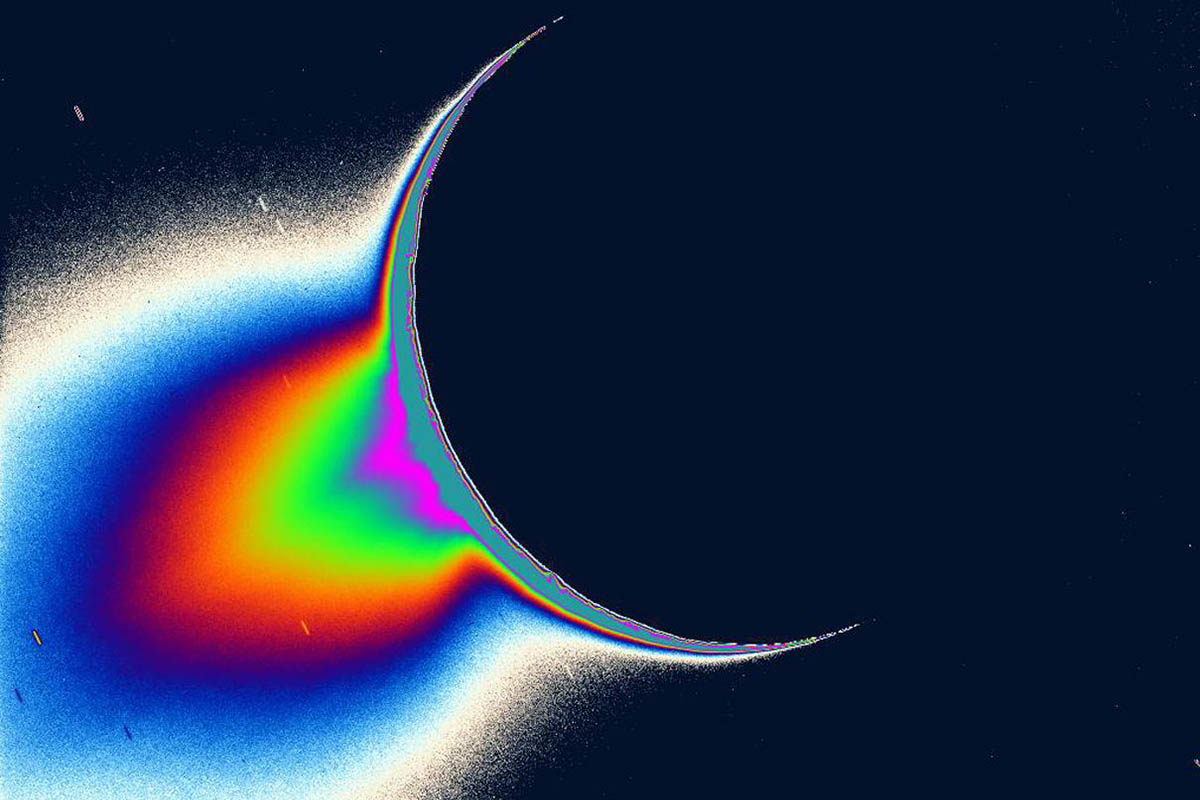An image of Saturn’s moon Enceladus backlit by the Sun, taken by the Cassini mission. The false color tail shows jets of icy particles and water that spray into space from an ocean that lies deep below the moon’s icy surface. Future missions could search for the ingredients for life in an ocean on an icy moon like Enceladus. (NASA/JPL/Space Science Institute)
Home An image of Saturn’s moon Enceladus backlit by the Sun, taken by the Cassini mission. The false color tail shows jets of icy particles and water that spray into space from an ocean that lies deep below the moon’s icy surface. Future missions could search for the ingredients for life in an ocean on an icy moon like Enceladus. (NASA/JPL/Space Science Institute) An image of Saturn's moon Enceladus backlit by the Sun, taken by the Cassini mission. The false color tail shows jets of icy particles and water that spray into space from an ocean that lies deep below the moon's icy surface. Future missions could search for the ingredients for life in an ocean on an icy moon like Enceladus. (NASA/JPL/Space Science Institute)
An image of Saturn’s moon Enceladus backlit by the Sun, taken by the Cassini mission. The false color tail shows jets of icy particles and water that spray into space from an ocean that lies deep below the moon’s icy surface. Future missions could search for the ingredients for life in an ocean on an icy moon like Enceladus. (NASA/JPL/Space Science Institute)


